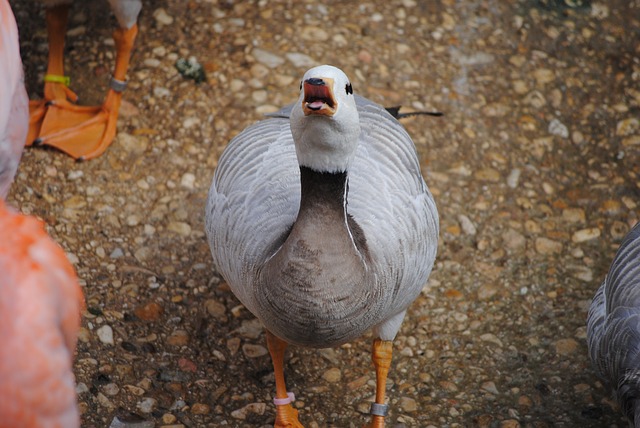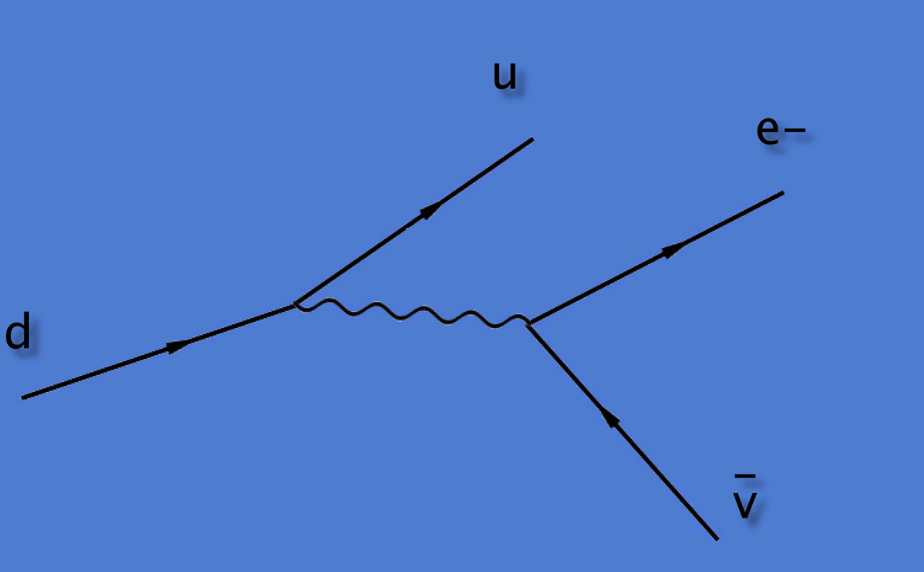 Usually we use numbers to represent physical properties. For example, charge is represented by positive and negative numbers.
Usually we use numbers to represent physical properties. For example, charge is represented by positive and negative numbers.
Quarks (not quacks!) combine in ways that numbers alone can not model so colour is used.
All hadrons are made of quarks: baryons have 3, mesons 2.
There are 6 flavours of quark. They have a charge of either \(+{2\over 3}\) or \(-{1\over 3}\) and spin of \(1\over 2\).
We can show the individual quarks involved in particle interactions, rather than the full baryons or mesons.
Use quizzes to practise application of theory.
START QUIZ! Which of the following is not made of quarks?
The electron is a lepton, quarks are the building blocks of baryons.
The properties of the up and down quark are:
u: charge +2/3 spin 1/2
d. charge -1/3 spin 1/2
What are the possible spins for a baryon made of u and down quarks?
3/2 if all aligned, 1/2 if one unaligned
The properties of the up and down quark are:
u: charge +2/3 spin 1/2
d. charge -1/3 spin 1/2
What is the quark content of a proton
The properties of the up and down quark are:
u: charge +2/3 spin 1/2
d. charge -1/3 spin 1/2
What is the quark content of a neutron
Mesons are all composed of
always quark antiquark pairs
up, down, top and bottom are all
They don't taste of anything but they are different flavours
If mass is the property that causes gravitational attraction, what property causes the attraction between quarks?
quarks can't be seen but they are red blue and green
Quarks can never be separated because
The following diagram represents beta decay

The exchange particle is
it´s a weak interaction and there is transfer of -ve charge
The following diagram represents beta decay

The other quarks not shown are
MY PROGRESS
How much of Quarks have you understood?
Which of the following best describes your feedback?
 Usually we use numbers to represent physical properties. For example, charge is represented by positive and negative numbers.
Usually we use numbers to represent physical properties. For example, charge is represented by positive and negative numbers.


 Twitter
Twitter  Facebook
Facebook  LinkedIn
LinkedIn